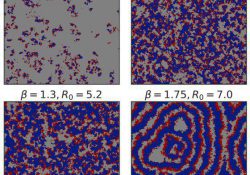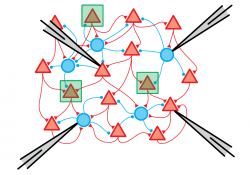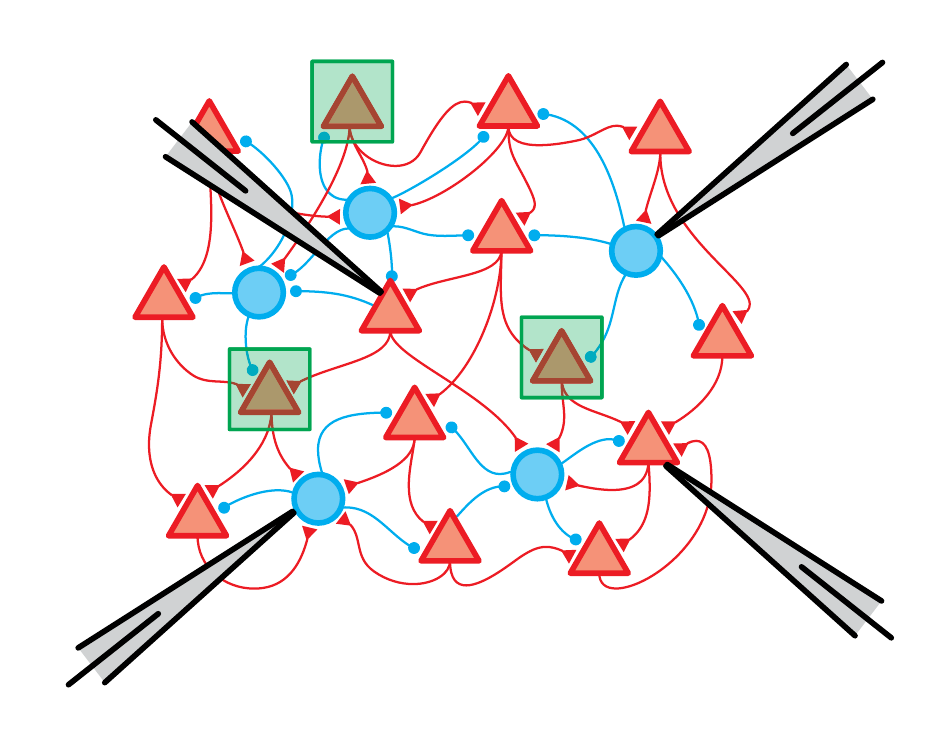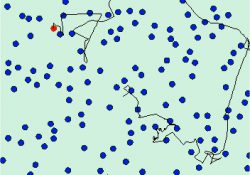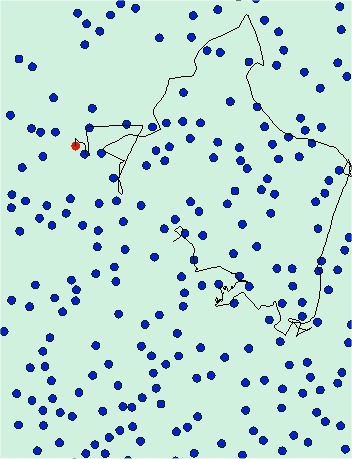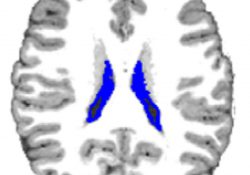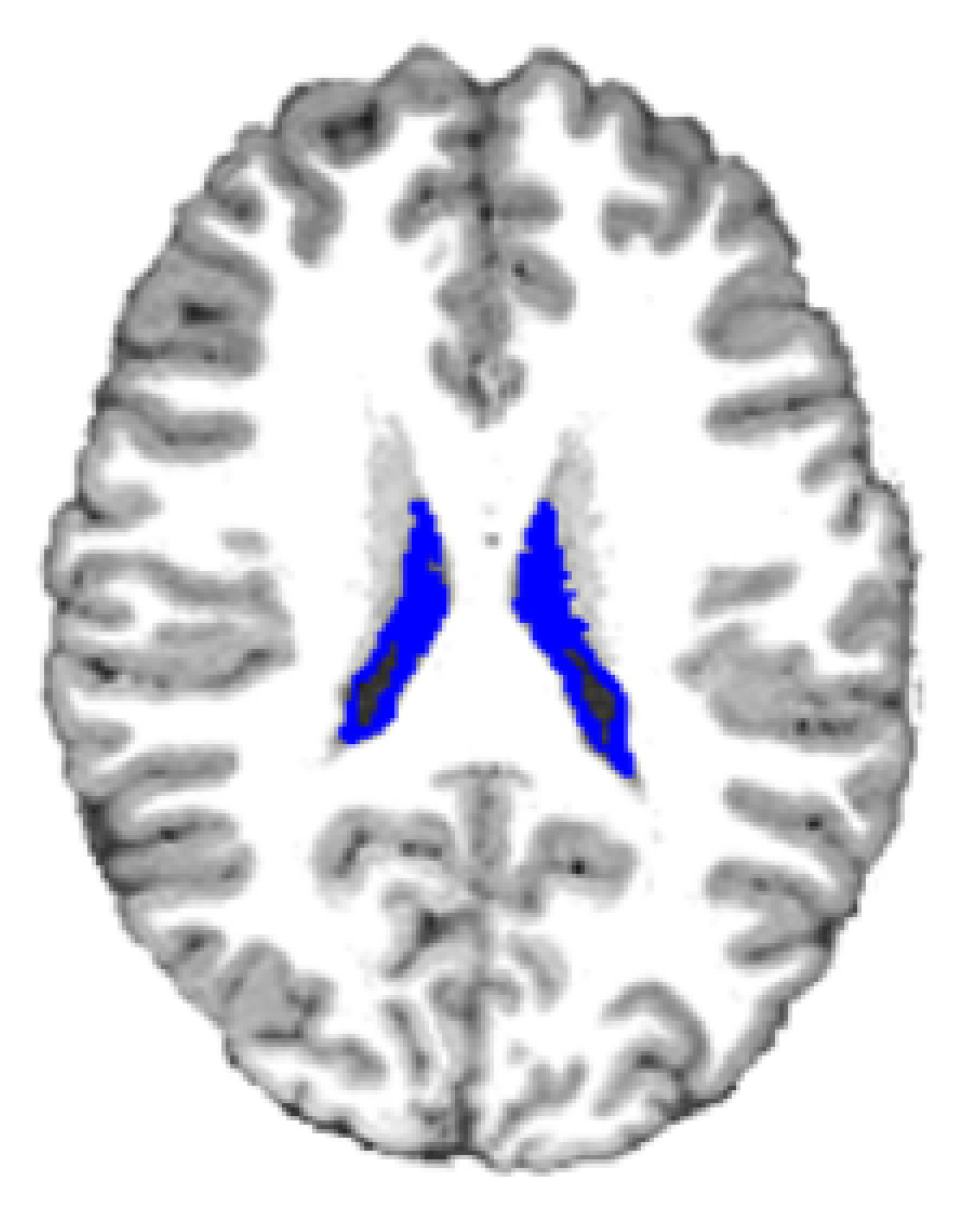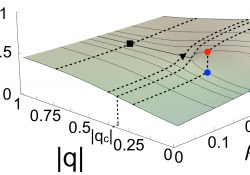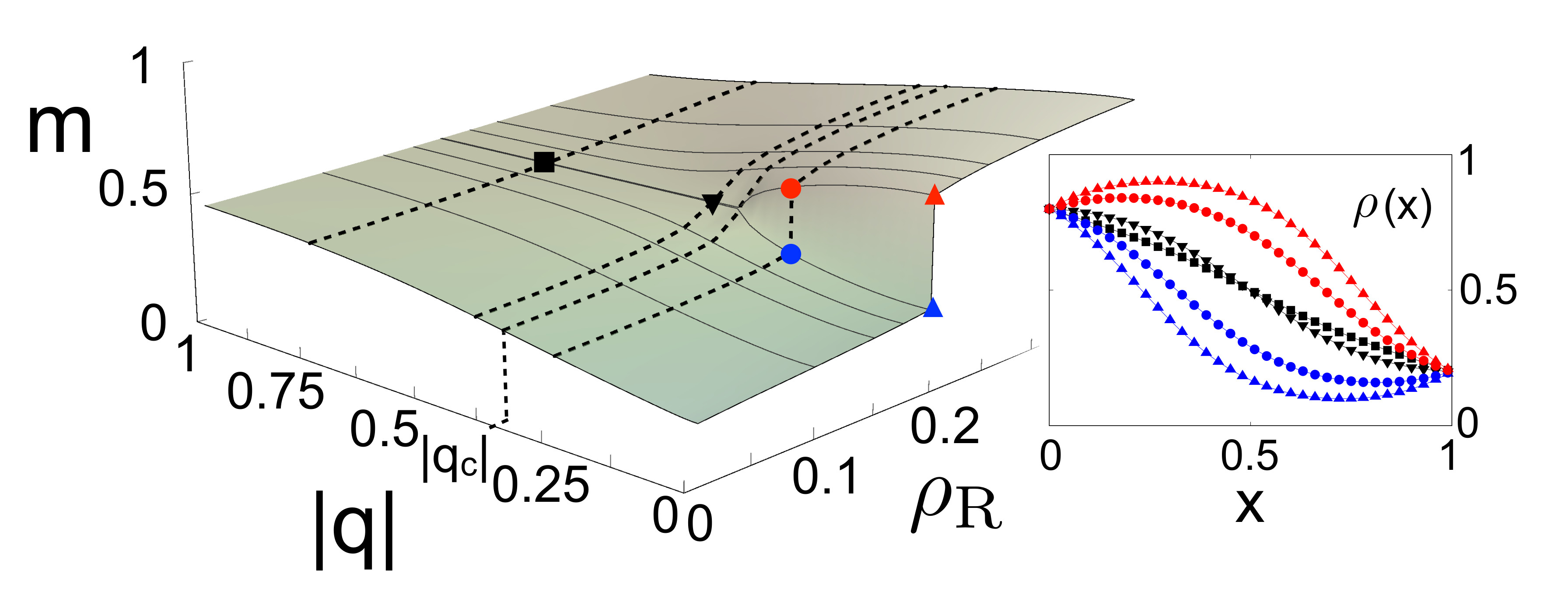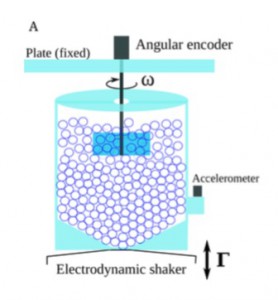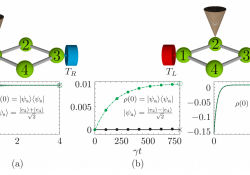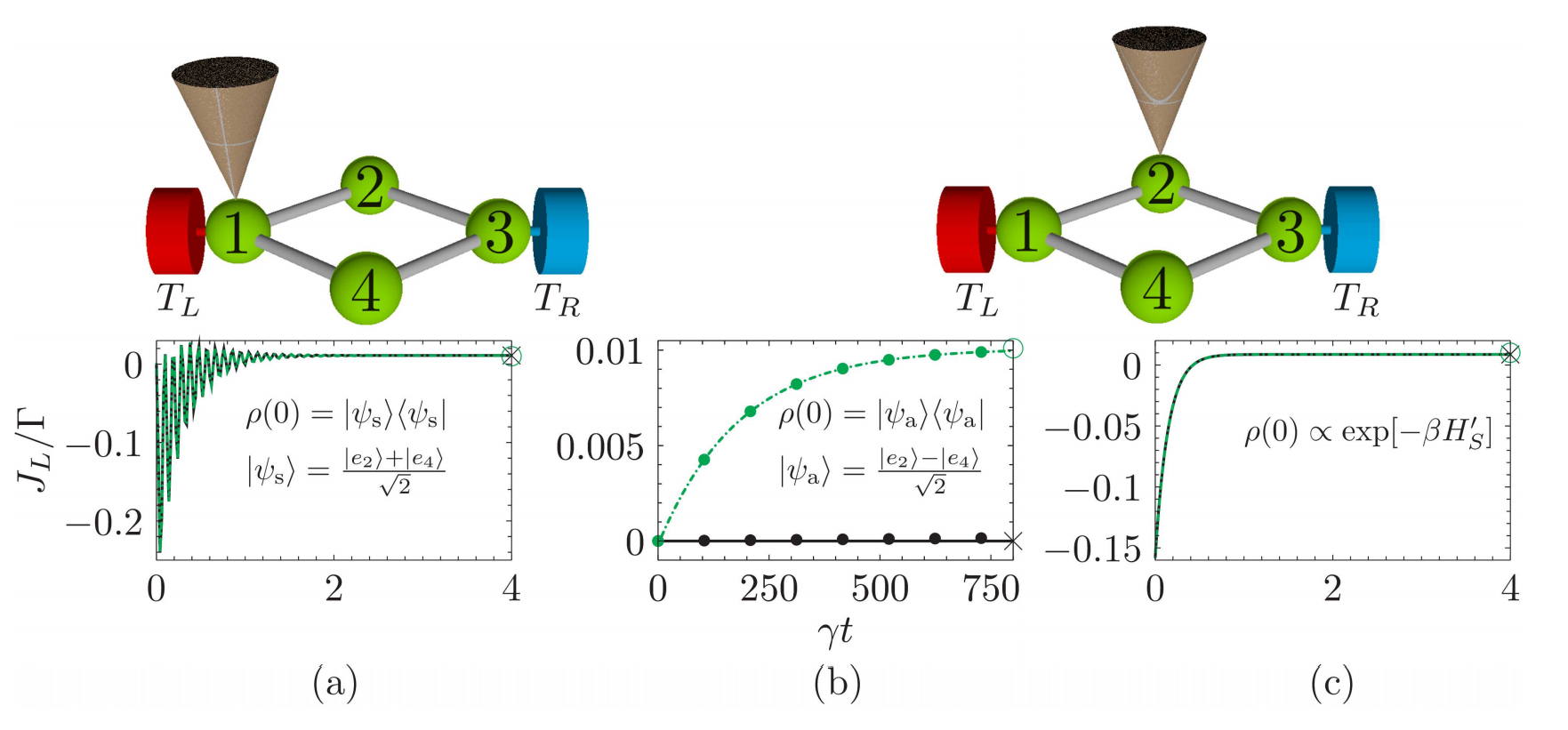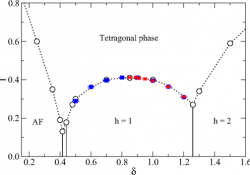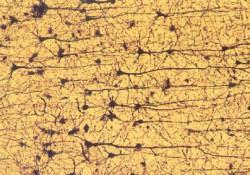Las películas magnéticas delgadas presentan una variedad de patrones a escala mesoscópica, los cuales pueden se controlados mediante parámetros extrínsecos como la temperatura y el campo magnético o intrínsecos como su espesor, las interacciones entre capas atómicas y las propiedades de cada capa. Esta propiedad les ha dado un creciente interés tecnológico y científico, constituyéndose en el objeto de estudio de la comunidad científica tanto desde el punto de vista teórico como experimental. El origen de este fenómeno está relacionado a la competencia entre las interacciones de intercambio y dipolar. En el límite de películas ultradelgadas los momentos magnéticos presentan una fuerte anisotropía perpendicular al plano de la película, lo cual permite que sean modeladas mediante el modelo de Ising ferromagnético con interacciones dipolares antiferromagnéticas. La introducción del término dipolar en el modelo de Ising produce frustración en el sistema rompiendo con el orden ferromagnético y llevando a la formación de fases con magnetización neta cero, tales como, líquido tetragonal, fajas de ancho h, antiferromagnética y nemática.
El diagrama de fases de este modelo ha sido intensivamente estudiado y gran parte del conocimiento acerca del mismo ha sido obtenido mediante simulaciones Monte Carlo. Sin embargo, aún no ha sido completamente definido, principalmente debido a las limitaciones introducidas por el término dipolar en las simulaciones, tales como fuertes efectos de tamaño finito e incrementos en los tiempos de simulación, así como la existencia de múltiples estados metaestables a bajas temperaturas. En particular, existe una controversia acerca del orden de las transiciones entre las fases de baja y alta temperatura.
En este trabajo se ha centrado la atención sobre la línea de transición entre las fases líquido tetragonal y de fajas de ancho h=1, específicamente para 0.5<d<1.2, donde el parámetro d es la razón entre las constantes de acoplamiento y dipolar. Mediante el estudio de la evolución dinámica de los observables físicos en el régimen de tiempos cortos se determinó que corresponde a una línea de transiciones continuas y se caracterizó el comportamiento crítico en función del parámetro d mediante la obtención del conjunto completo de exponentes críticos.
Conferenciante: M. Leticia Rubio Puzzo, Universidad Nacional de La Plata, Argentina
Fecha/Hora: Jueves 21 de abril de 2016, a las 12:30.
Lugar: Aula de Física Computacional del Departamento de Electromagnetismo y Física de la Materia, Facultad de Ciencias.


